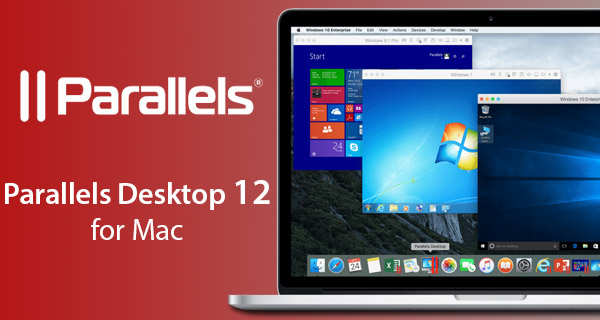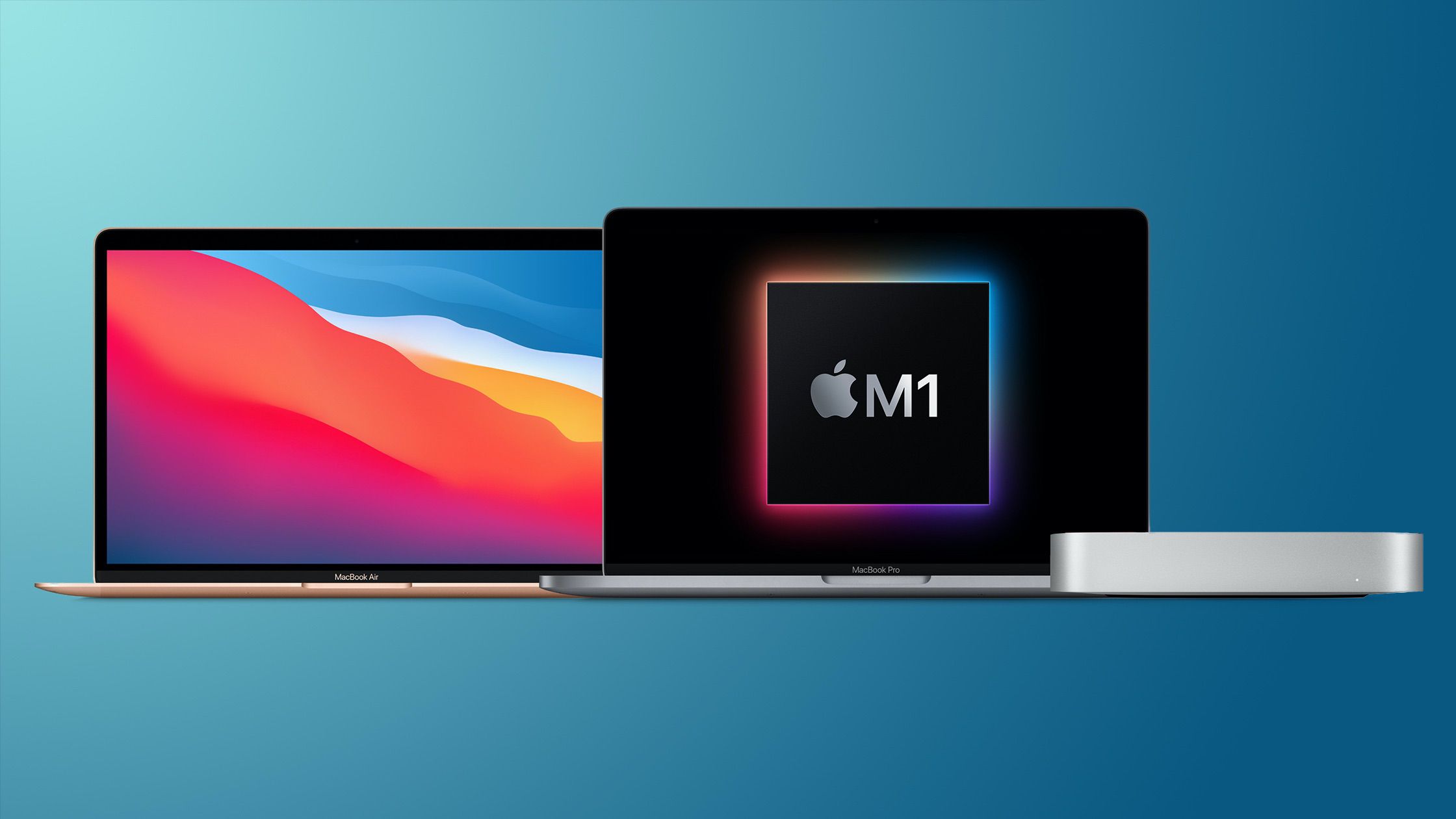

(Compatible with Core 2 Duo, Xeon, i3, i5, i7 processors or better) The minimum system requirements for Fusion are as follows: My computer is a 2010-model MacBook Air with a 1.86 GHz Intel Core 2 Duo processor, 4GB of memory, running the latest version of Lion. I've used Parallels to run Windows 7 and Linux for nearly the past year, so I decided to give the competition a shot. I’ve been testing Fusion for a couple of days to run the following guest operating systems: Windows 7 Home Premium, the Windows 8 developer preview, Ubuntu Linux, and OS X Lion. In the meantime, I'm going to focus on Fusion and cover its major selling points in this hands-on piece.

VMware and Parallels have both released new versions that let Windows applications integrate with Lion-specific features such as Launchpad and Mission Control, and take advantage of Apple’s decision to let users run additional instances of Lion in virtual machines.Īrs has an extensive review comparing VMware Fusion 4 and Parallels Desktop 7 for Mac in the works.
Reverting to a previous parallels for mac version upgrade#
While virtual machine products from the likes of VMware, Parallels, and VirtualBox provide convenient ways to run Windows and other operating systems on your Mac, Apple’s recent upgrade to OS X Lion has the software makers scrambling to ship updates. With Apple’s small share of the desktop market, virtual machines are a necessity for Mac users who can’t get by without access to Windows applications. Virtualization has long been important for Mac users, especially those who have to manage multiple platforms for their work.


 0 kommentar(er)
0 kommentar(er)
